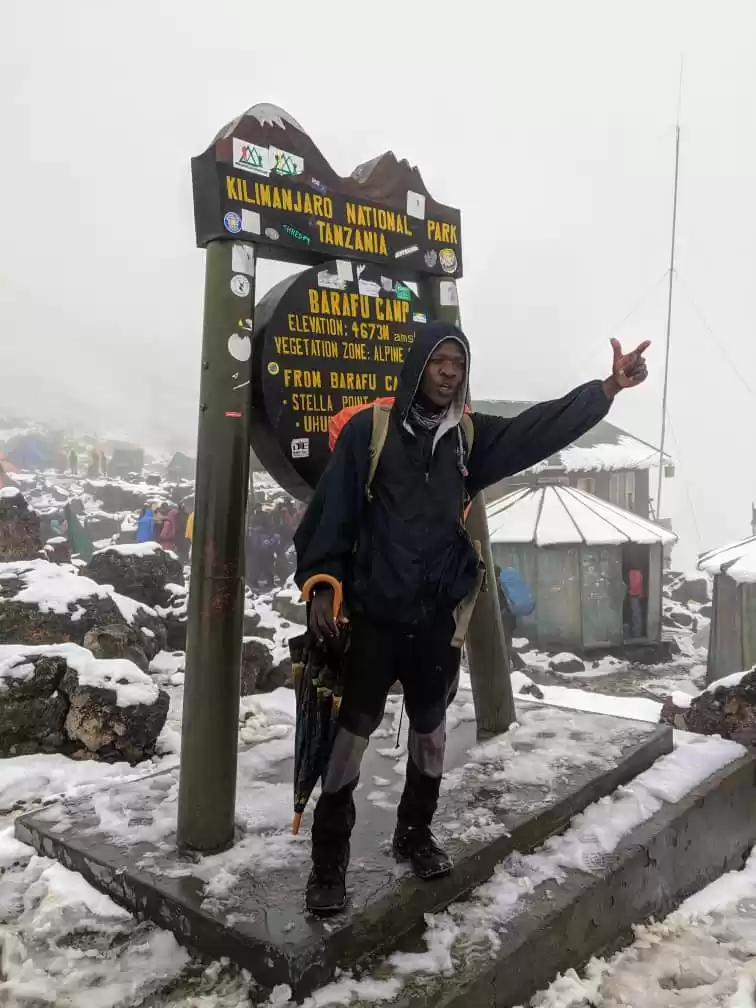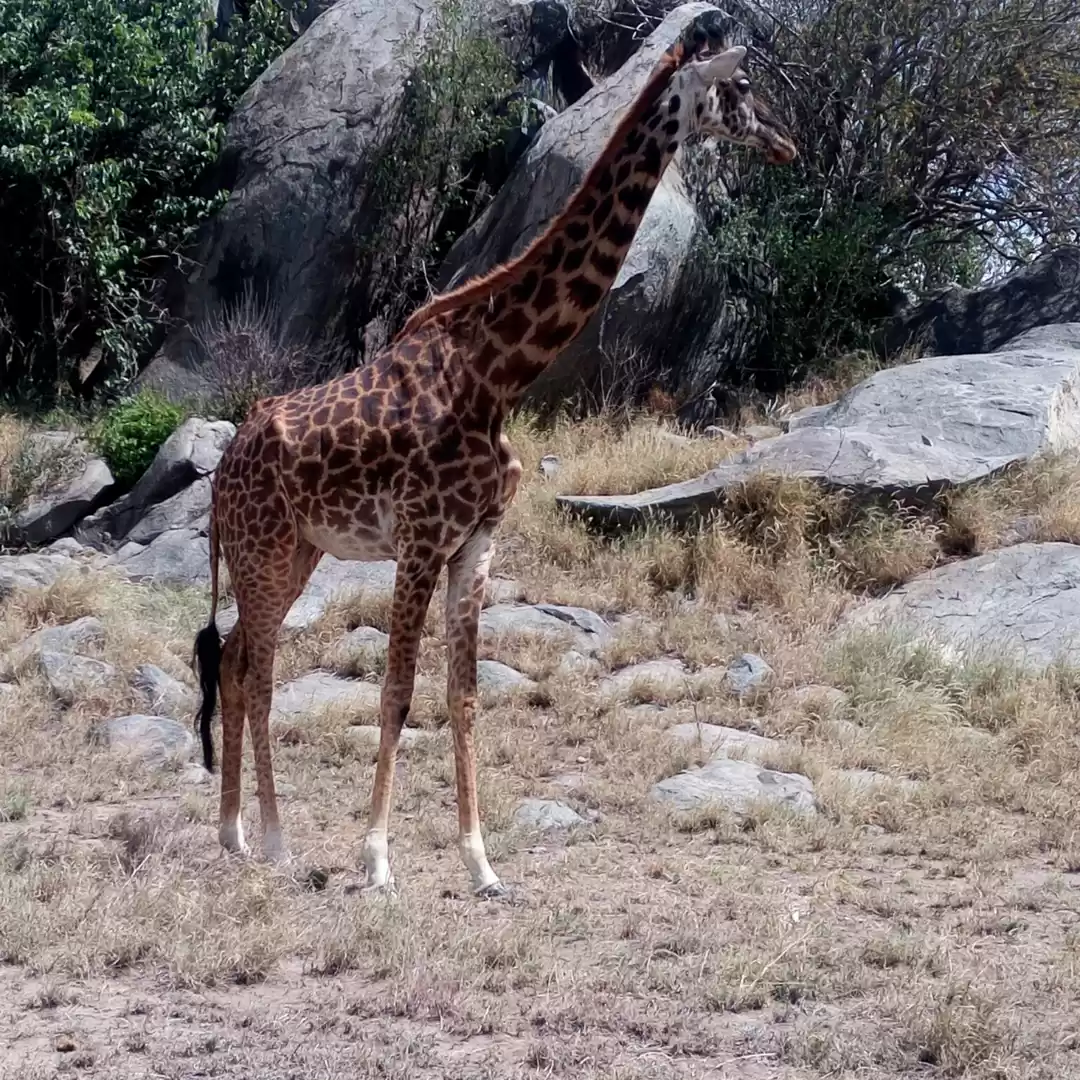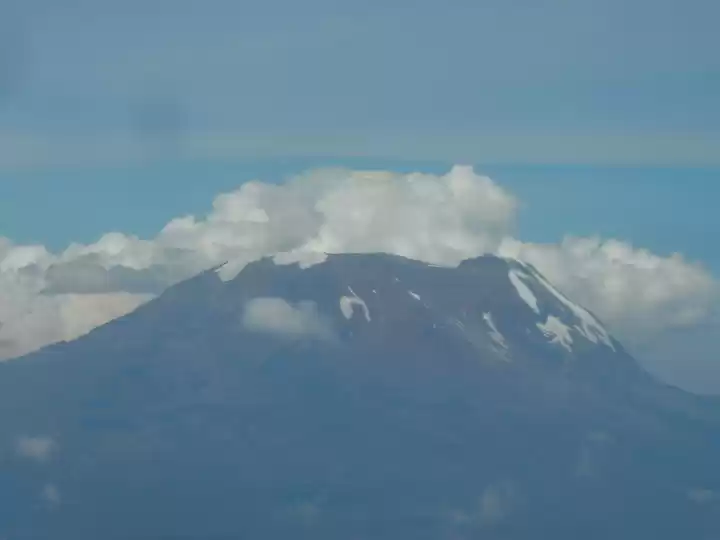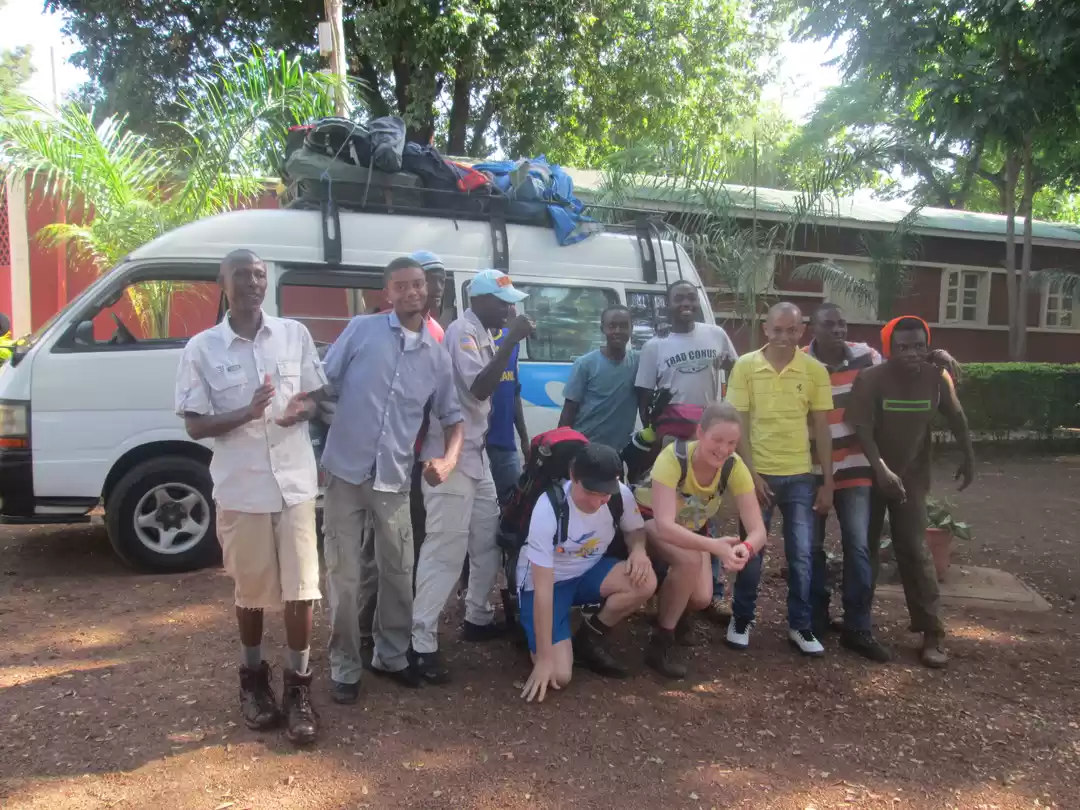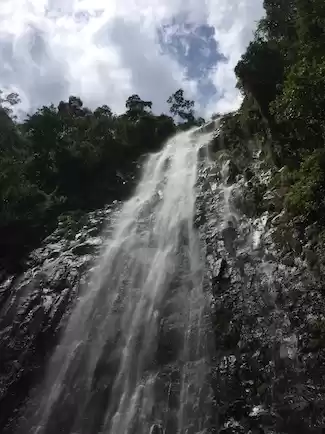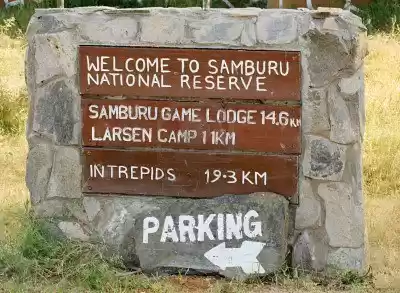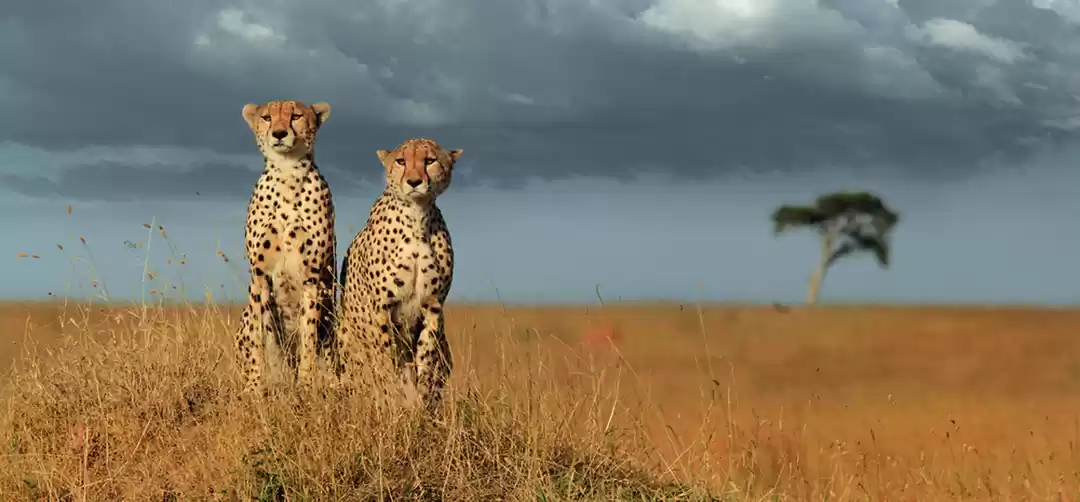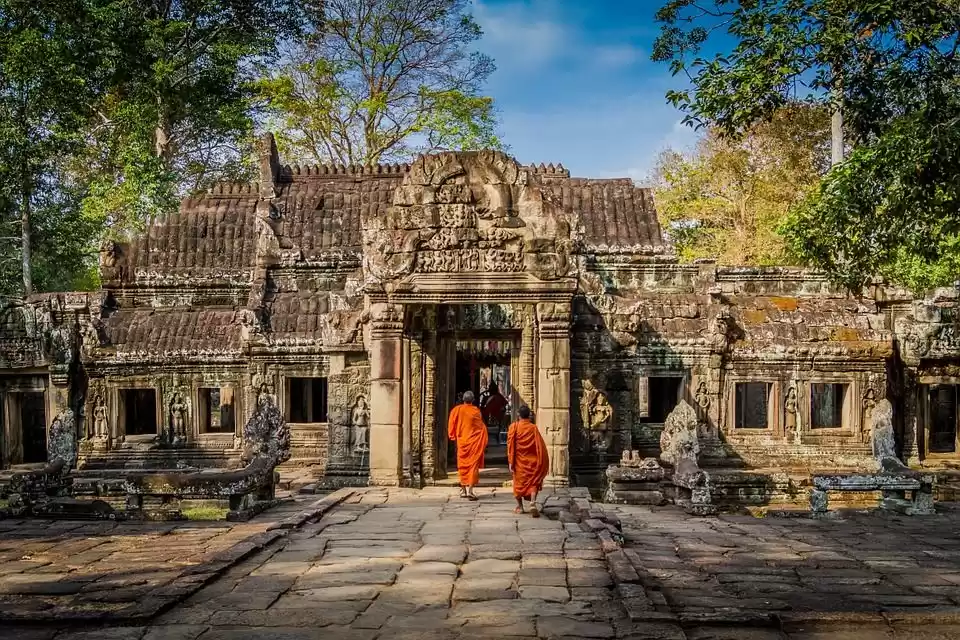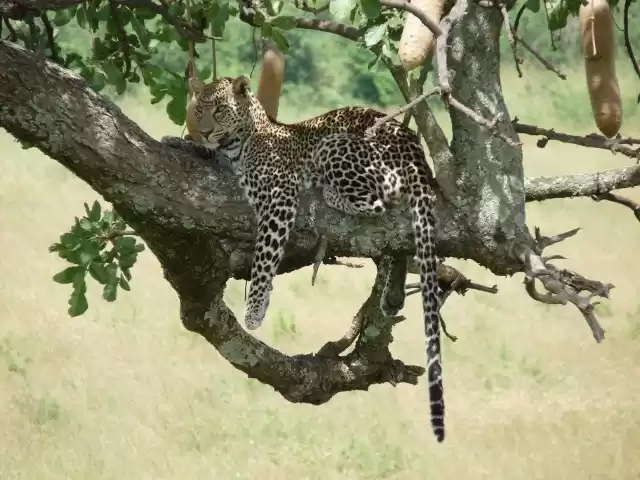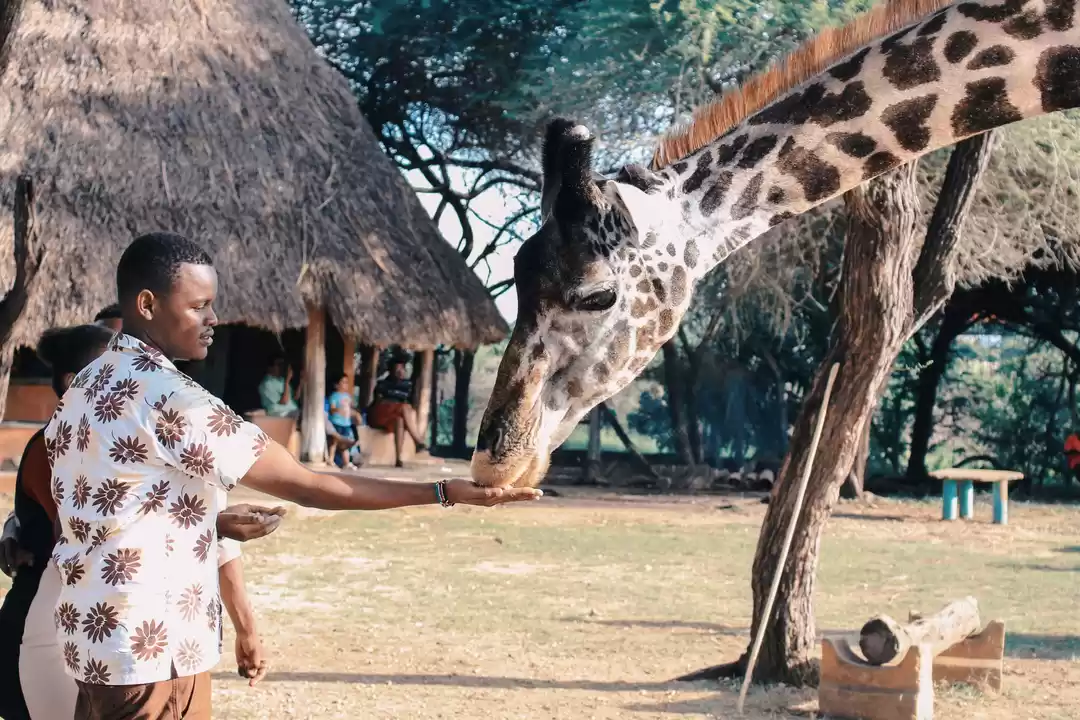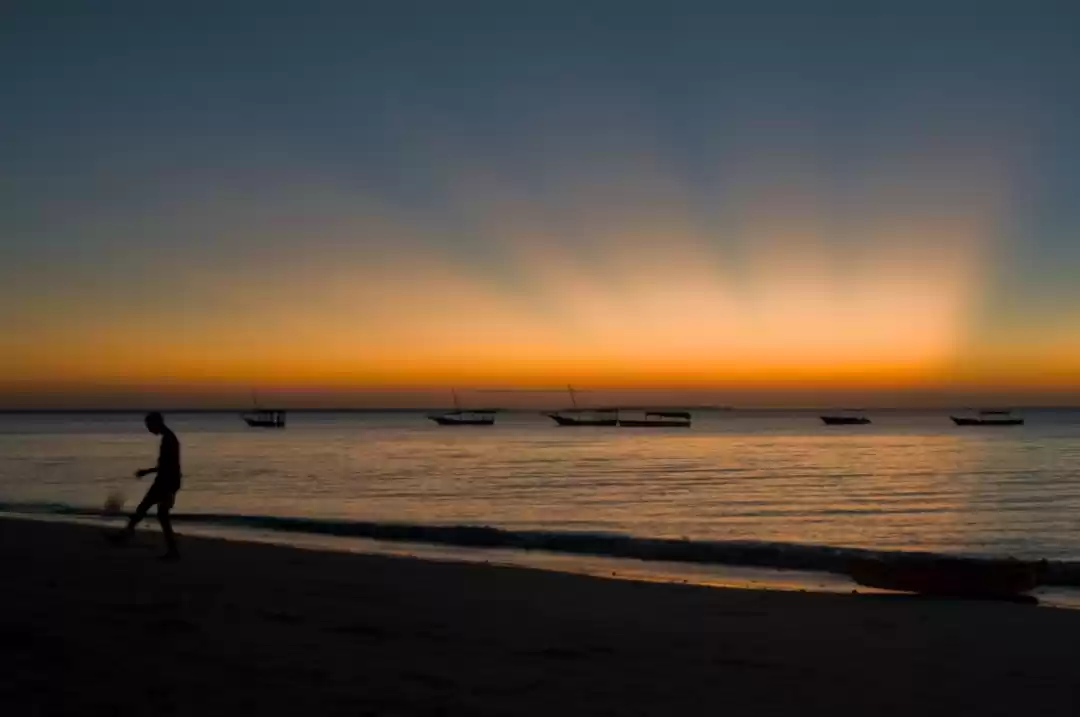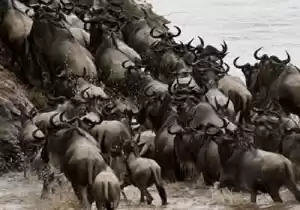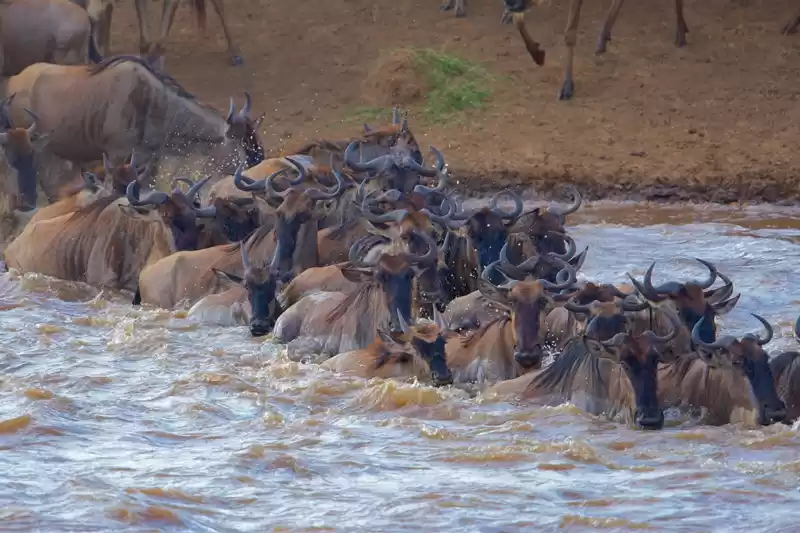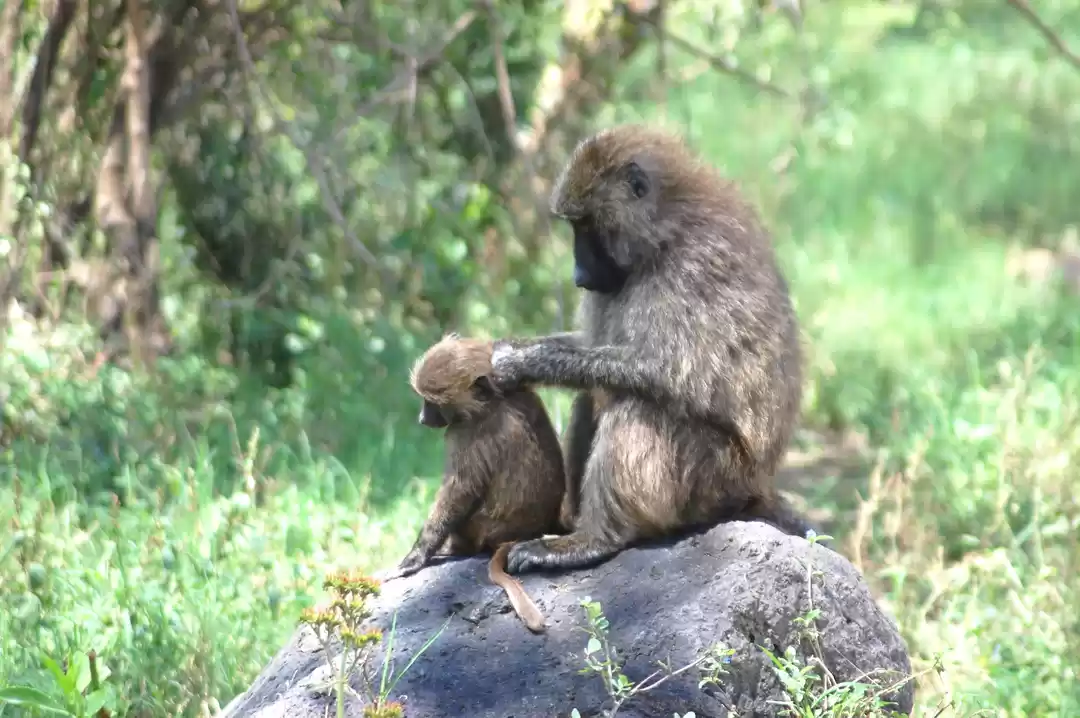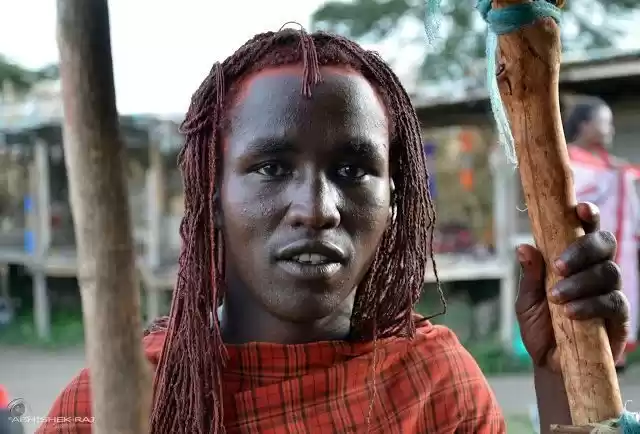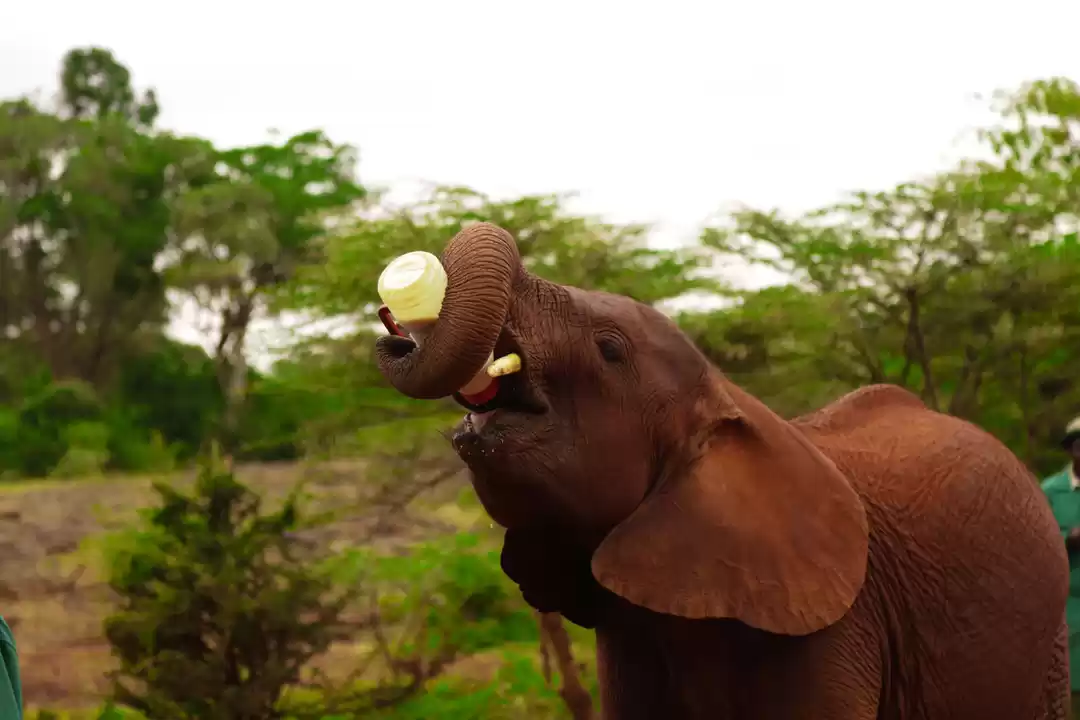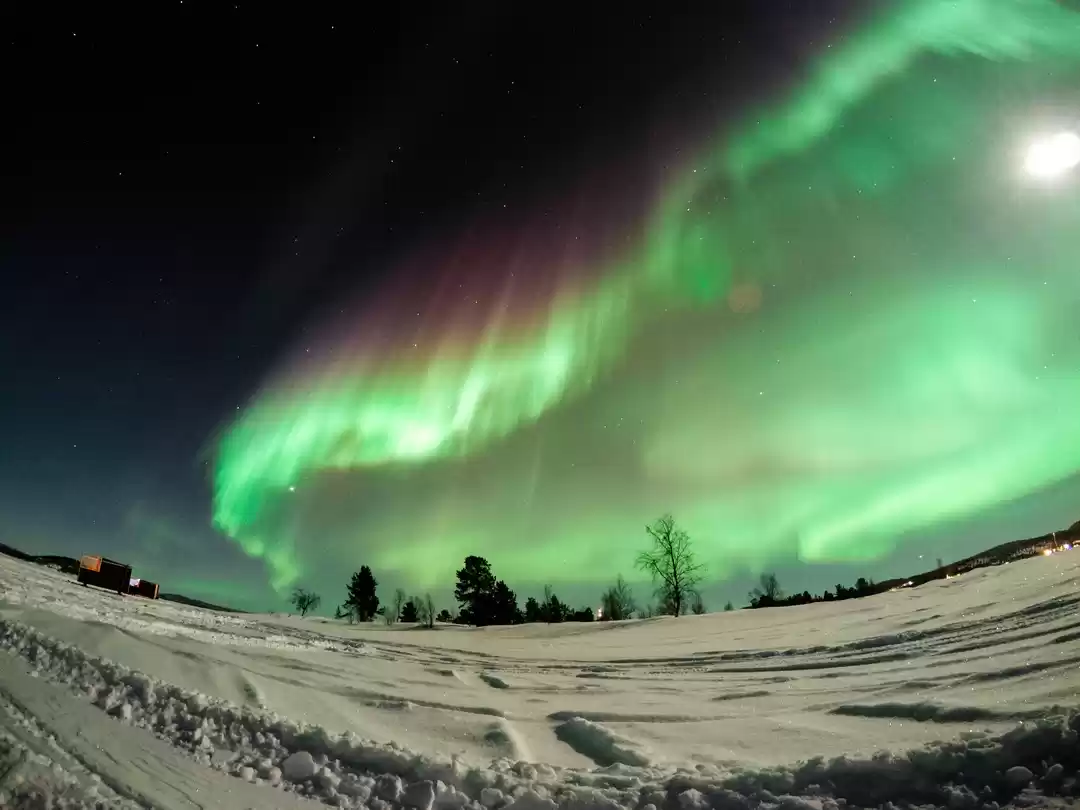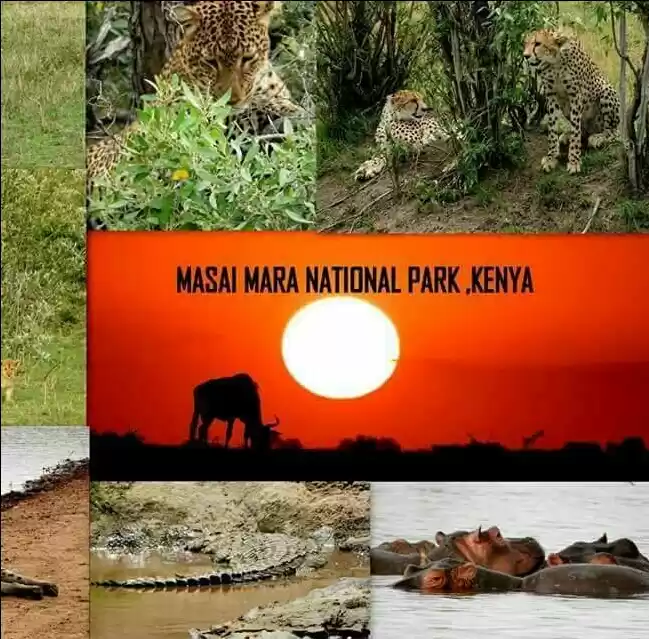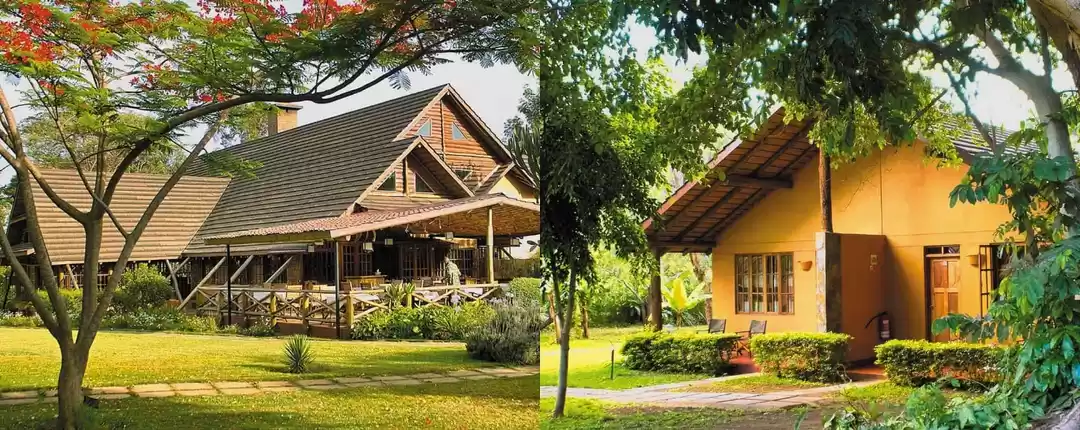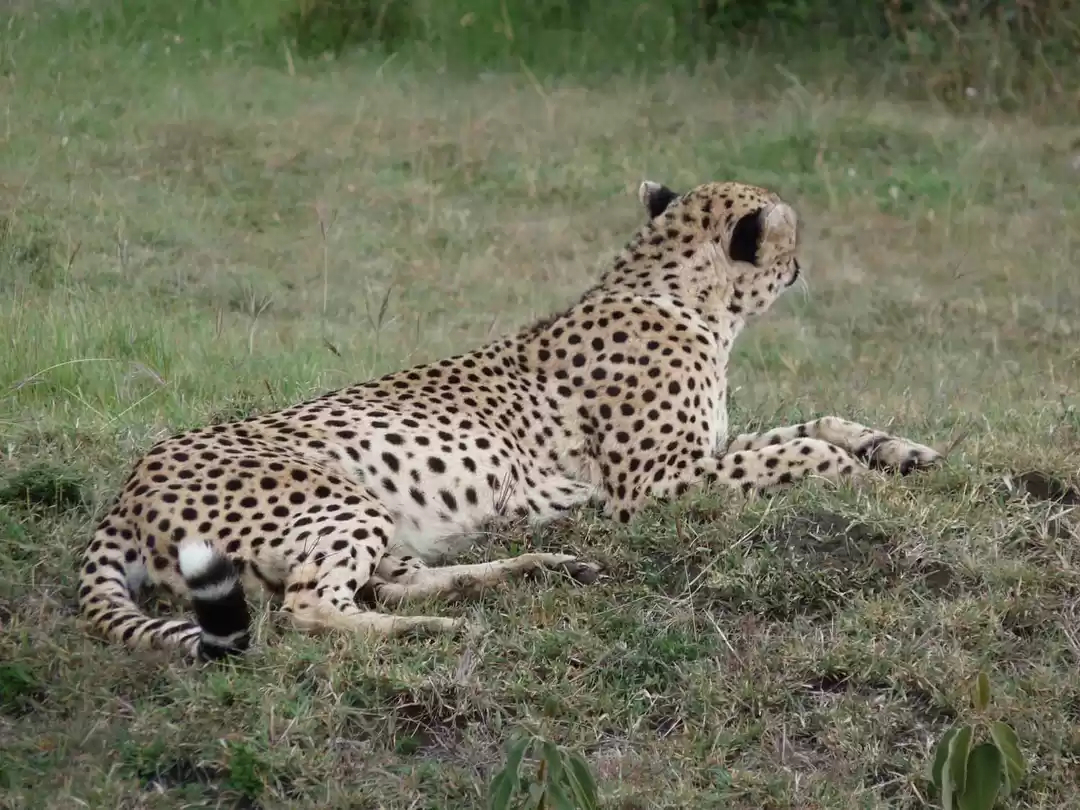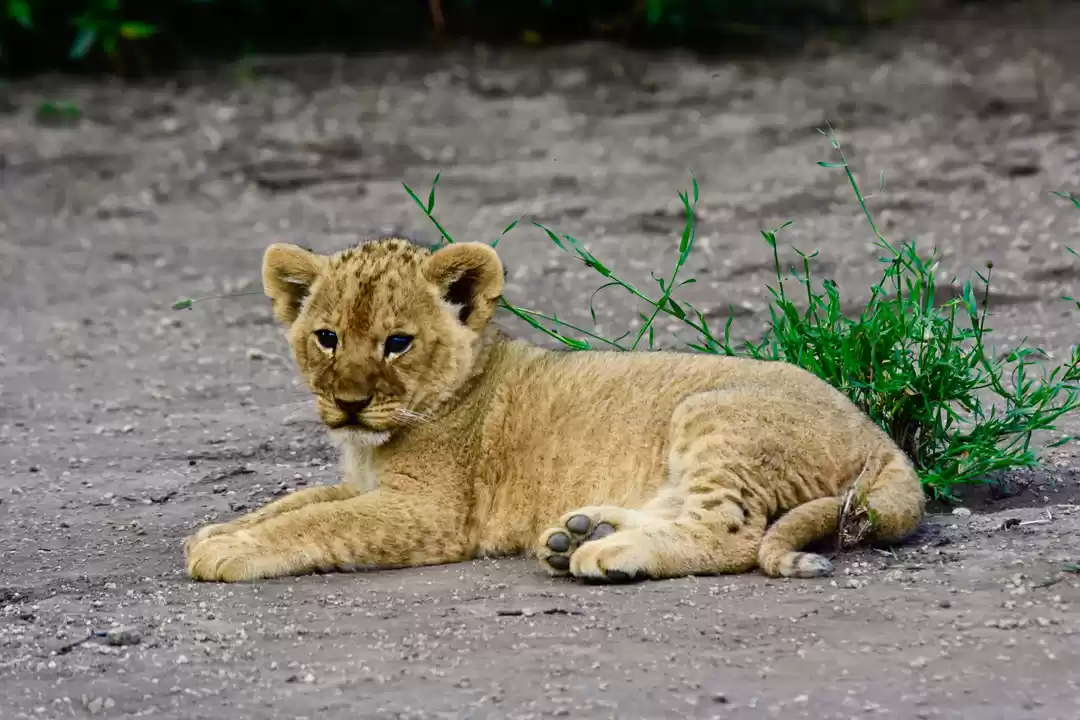
Few African experiences top the Great Migration. Dubbed “The Greatest Show on Earth”, this extraordinary display of tenacity and survival beckons safari-goers from all over the globe! Famous for the mega-herds of wildebeest that define this natural phenomenon, the migration has sealed its position as perhaps the most sought-after safari experience out there.
Despite its popularity, many travelers are not prepared to organize the best experience while on safari in Tanzania. Despite that nearly 2 million wildebeest and zebra make up the Great Migration, the herds can be surprisingly elusive!
Taking some time to carefully plan your trip to Tanzania can mean the difference between having a lifechanging migration experience and nearly missing the action altogether!
You know you can’t wait to see the migration, so let’s get down to the nitty-gritty of how to do it. Here are 3 tips to help you put together the best trip possible:
1) Pick the right location
The Great Migration is in continuous flux. The wildebeest and zebra are constantly on the move in search of new grazing land, following a circular track along the Serengeti, dipping briefly into Kenya for the infamous crossing of the Mara River.
The fluidity of the herds’ movements and external pressures like rainfall can change the migration’s trajectory from year to year. But this is all part of the fun!

To get the best experience, take a moment to learn about how the migration differs in different areas of the Serengeti and Maasai Mara. Here’s a brief overview of what happens where:
-Central & Southern Serengeti
If you want to see babies, head to central and southern Serengeti and the Ngorongoro Conservation Area (not to be confused with the Ngorongoro Crater floor).
-Western Corridor
The Great Migration is in full force during its time in the western corridor of the Serengeti National Park and Grumeti Reserve. This area is touted for excellent game viewing opportunities and incredible herd sightings.
-Northern Serengeti & Maasai Mara
The crossing from northern Serengeti into the Maasai Mara over the Mara River is the most well-known and truly epic stages of the migration.

2) Choose your travel time wisely
The time of year you choose to travel goes hand in hand with location and can change the type of experience you have. No one can ever guarantee where exactly the migration will go, but the general trends hold true!
Here’s a brief breakdown of the Great Migration by season:
- Winter (December – March)
During the winter-time, the Great Migration is in short grass plains of the central and southern Serengeti. January through March is a great time to catch the wildebeest calving!
- Spring (April – May)
Spring is rainy season in the Serengeti! Heavy rains cause the grasses to grow rapidly, reducing visibility of the animals and allows the dense herds to disperse with more prolific grazing opportunities. Many safari camps close during the rainy season, so plan carefully if you choose to go!
- Summer (June – August)
The migration tends to congregate in the Serengeti’s Western Corridor and Grumeti Reserve during summer. This is a great time to see the Great Migration!
- Fall (September – November)
Early fall is also an excellent time to see the migration. At this stage, the herds are normally in the northern Serengeti and beginning to cross the Mara River into the Maasai Mara, providing a truly epic safari experience for visitors lucky enough to witness a river crossing.
It is worth noting that November acts as a mini off-season in the Serengeti, another brief rainy season reducing accessibility and game viewing opportunities.
For a more detailed month-by-month breakdown of the migration’s movements check here.

3) Get an expert opinion
Not all trips are created equal. Some trips are made for the DYI traveler, and some are not. Navigating the Great Migration is the latter!
Most likely, traveling to Tanzania to see the Great Migration will take up a lot of your holiday time and hard-earned cash (budget travelers beware: it is no secret that the Serengeti is not the cheapest holiday option in the world). Given the incredible vastness of this unfettered wilderness, you will want to make sure you get the most out of your time in Tanzania by surrounding yourself with experts to plan and guide your trip.
Tour operators are kept on the inside track when it comes to subtle changes in the movements of the migration. If the herds are slow one year, or ahead of schedule in another, a tour operator will be able to place you in the best possible location to see the migration.

Knowledgeable and ethically focused tour operators like Elevate Destinations will make sure you have the best possible experience on safari while helping to preserve the local environment and support local communities!
Any good tour operator will also be able to hook you up with excellent local guides. An expert guide can make all the difference for your time in the Serengeti! Not only do local guides know the best spots to see wildlife, they will also enrich your learning experience, educating you on the finer details of the bush during game drives.
When it comes to the Great Migration, nothing is guaranteed! But, by traveling during the right time of year, staying in the right location, and surrounding yourself with local experts you’ll maximize the potential of not only having an unforgettable safari, but also having the most incredible sighting of millions of wildebeest embarking on their lifelong journey for survival.



